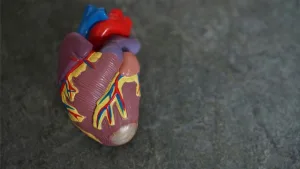Unlocking the Secrets of Equine Athleticism
Horses, renowned for their speed, agility, and endurance, have long captivated us with their athletic prowess. But what makes these creatures such exceptional athletes? Researchers are delving into the biological and evolutionary factors that have shaped the equine form into a marvel of natural engineering.
The Evolutionary Journey
The story of the horse’s athleticism begins millions of years ago. Through gradual adaptation and natural selection, horses evolved from small, forest-dwelling creatures into the powerful, fleet-footed animals we know today. Key adaptations include:
- Limb Structure: Elongated limbs and a single dominant toe (the hoof) provide efficient leverage for running.
- Muscle Composition: Specialized muscle fibers enable both bursts of speed and sustained endurance.
- Respiratory System: A large lung capacity and efficient oxygen uptake support high levels of physical activity.
Genetic Factors
Recent studies suggest that specific genes play a crucial role in determining a horse’s athletic potential. These genes influence various traits, such as:
- Muscle development and function
- Cardiovascular capacity
- Bone density and strength
Training and Environment
While genetics lay the foundation, training and environment play a vital role in maximizing a horse’s athletic abilities. A well-structured training program can:
- Improve muscle strength and endurance
- Enhance cardiovascular fitness
- Refine coordination and agility
Moreover, factors such as nutrition, veterinary care, and living conditions all contribute to a horse’s overall health and athletic performance.
Final Overview
The exceptional athleticism of horses is a result of a complex interplay between evolutionary adaptations, genetic predispositions, and environmental factors. By understanding these factors, we can better appreciate the remarkable capabilities of these magnificent animals and optimize their training and care.




+ There are no comments
Add yours